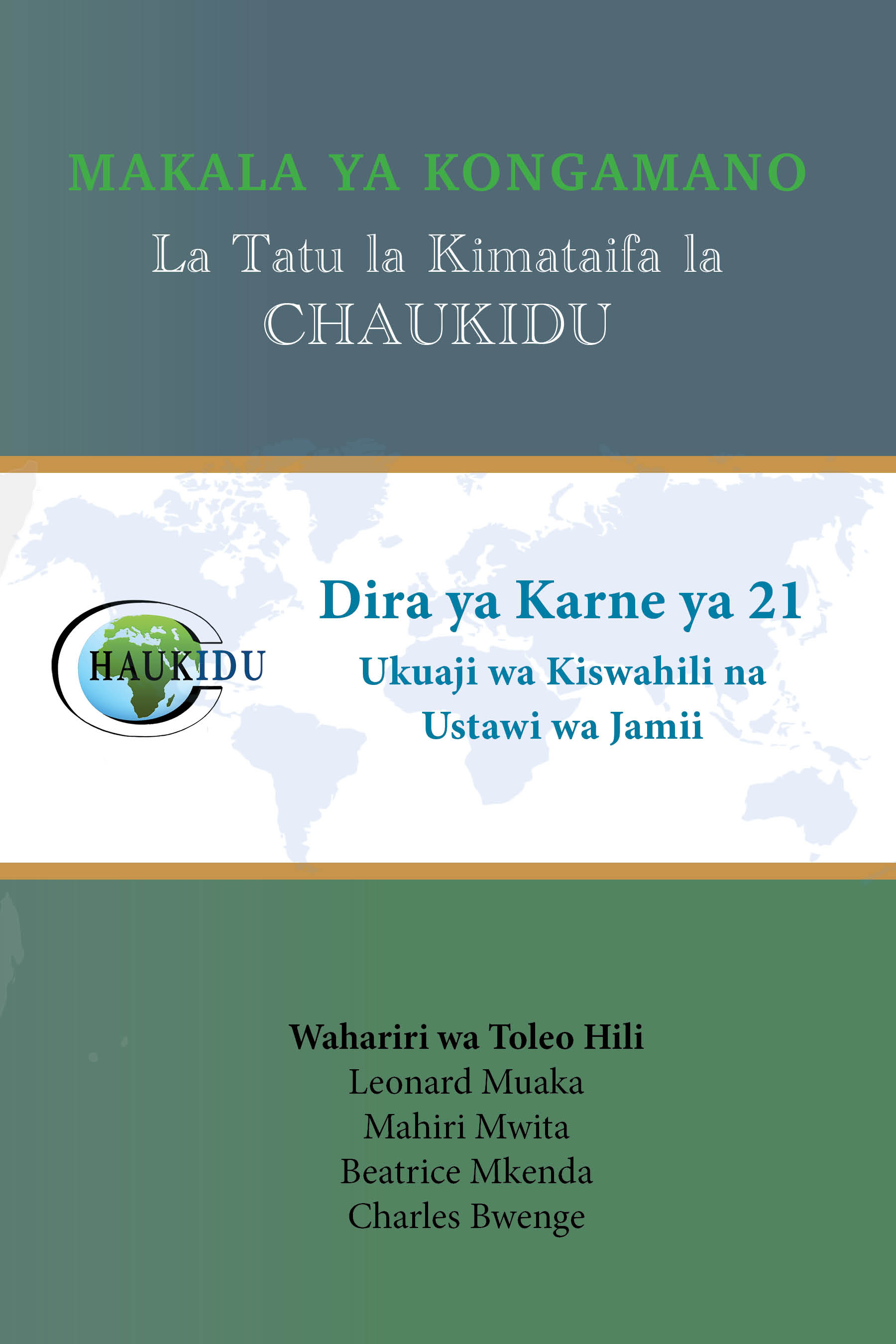DHIMA NA CHANGAMOTO ZA MATUMIZI YA TAFSIRI KATIKA UFUNDISHAJI WA KISWAHILI NCHINI UGANDA
DOI:
https://doi.org/10.2023/bak38m84Abstract
Ufundishaji wa lugha ya kigeni au lugha ya pili kwa wanafunzi wenye umilisi wa lugha na desturi zao si jambo rahisi. Wakati mwingine, walimu hutumia tafsiri ili wanafunzi waweze kuelewa vipengele vya lugha ya kigeni inayofundishwa. Makala haya yanaangazia matumizi ya mbinu ya tafsiri katika shule za sekondari jijini Kampala nchini Uganda. Lengo la makala haya ni kujadili iwapo tafsiri inaweza kutambuliwa kama stadi ya tano katika ufundishaji wa Kiswahili kwa wageni. Utafiti huu umechochewa na mkanganyiko uliopo kuhusu nafasi ya tafsiri katika ufundishaji wa lugha. Ingawa tafsiri hutumiwa katika ufundishaji wa Kiswahili kama lugha ya kigeni, mbinu hii haibainishwi kama mbinu mojawapo ya ufundishaji kwenye mitaala. Data za utafiti ni za uwandani na maktabani. Data za uwandani zilikusanywa kwa njia ya ushuhudiaji, hojaji na uchambuzi wa nyaraka. Matokeo yanaonesha kwamba tafsiri ni mbinu inayotumiwa kwa upana katika ufundishaji wa Kiswahili nchini Uganda. Halikadhalika, makala haya yamebainisha kuwa Kiswahili ni lugha ya kigeni nchini Uganda, hali inayowafanya walimu kutegemea tafsiri baina ya Kiswahili na Kiingereza. Kwa kuhitimisha, makala haya yanashadidia kwamba hata kama tafsiri ina changamoto zake katika ufundishaji wa lugha za kigeni, haiwezi kukwepeka katika ufundishaji wa Kiswahili katika mazingira ambamo lugha hii haitumiwi katika mawasiliano ya kila siku.
Downloads
Published
Issue
Section
License
Copyright (c) 2025 JARIDA LA CHAUKIDU

This work is licensed under a Creative Commons Attribution-NonCommercial 4.0 International License.
License Terms Under CC Attribution-NonCommercial 4.0 (CC BY-NC 4.0)
1. Scope of Use
- Readers who purchase access to the journal articles are permitted to:
- Read: Access and view the content for personal use.
- Share: Share the purchased article in limited, non-commercial ways (e.g., with colleagues for educational or research purposes).
- Adapt: Create derivative works (e.g., summaries or adaptations) for non-commercial purposes.
2. Conditions of Use
- Attribution:
- Proper credit must be given to the author(s) and the journal when sharing or adapting content.
- Attribution must include the author(s)’ names, the article title, journal name, volume/issue, and a link to the journal or article DOI.
- Changes made to the work must be clearly indicated and properly attributed.
- NonCommercial:
- Articles may not be used for commercial purposes, including but not limited to resale, redistribution for financial gain, or inclusion in commercial products or services.
- Institutional use (e.g., for training or workshops) must comply with non-commercial terms unless explicit permission is granted by the journal.
3. Access and Sharing Restrictions
- Paid Access: Access to the journal articles is limited to subscribers or individuals who purchase the articles. Unauthorized distribution or sharing of the full article is prohibited.
- No Additional Restrictions: Readers may not apply further legal or technical restrictions that limit others from using the content as allowed by this license.
4. Prohibited Uses
- Articles may not be:
- Distributed on commercial platforms without explicit permission.
- Used in any activity that generates direct or indirect monetary profit (e.g., as part of paid courses or events) without prior approval from the journal.
- Modified for purposes that could misrepresent the original intent of the work.
5. Disclaimer
- The content is provided “as is,” without any guarantees or warranties from the authors or the journal.
- Neither the authors nor the journal accept liability for any claims, damages, or issues arising from the use of the article.
6. Additional Notes
- For Readers: Purchased content is for personal, educational, or research use only, subject to the non-commercial and attribution conditions.
- For Institutions: Institutions purchasing bulk access or subscriptions must ensure that access is limited to registered users and complies with non-commercial use conditions.
For the full legal text of the CC BY-NC 4.0 license, visit:
https://creativecommons.org/licenses/by-nc/4.0/legalcode

